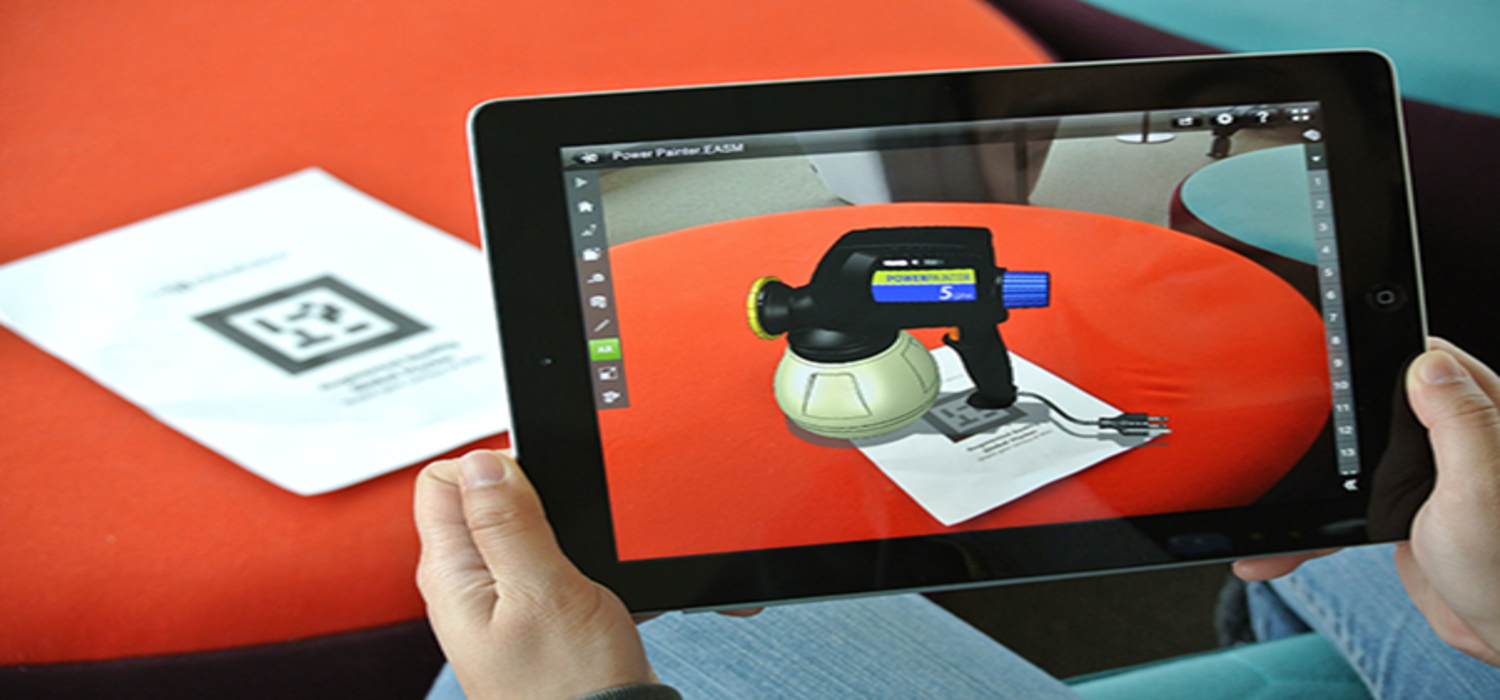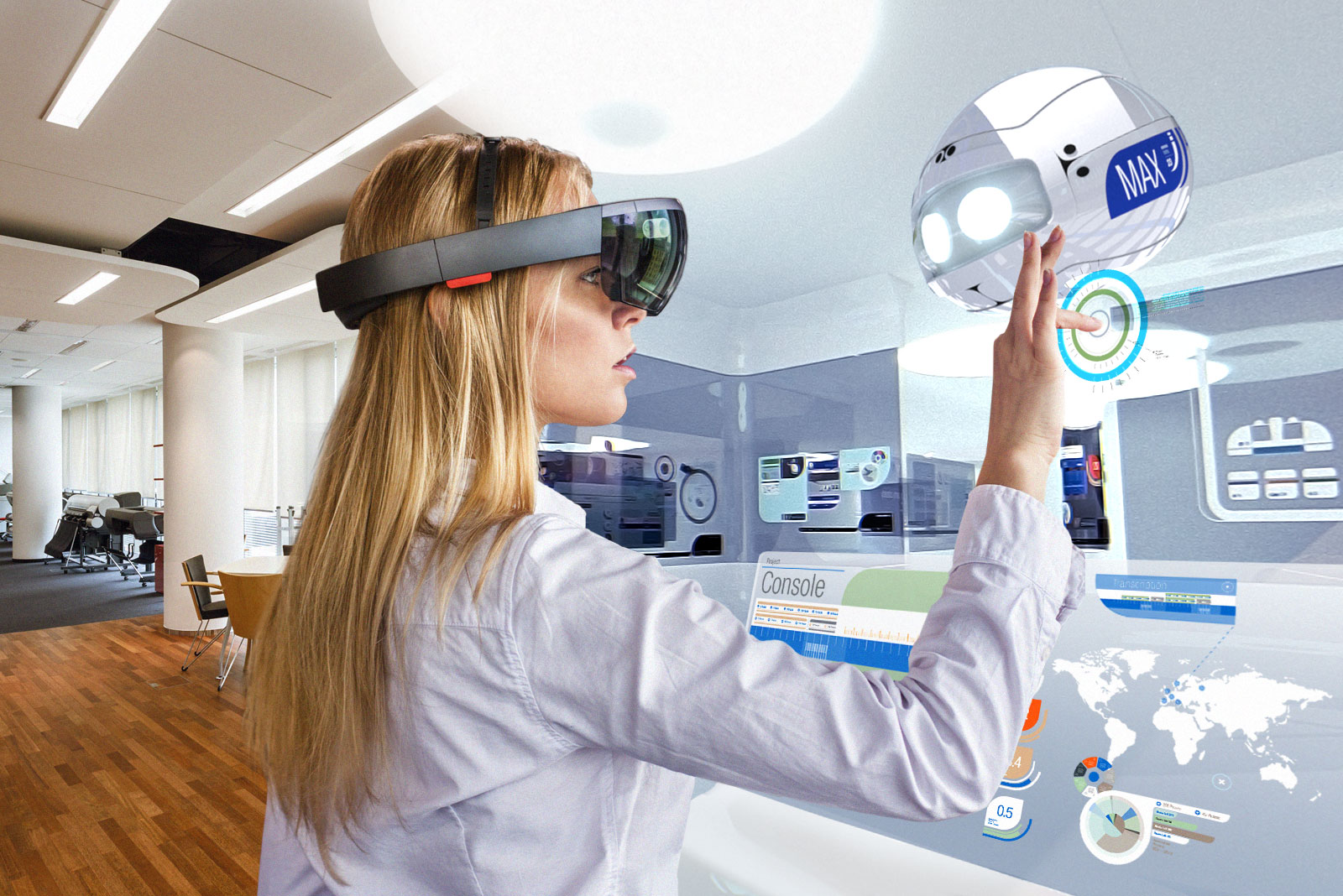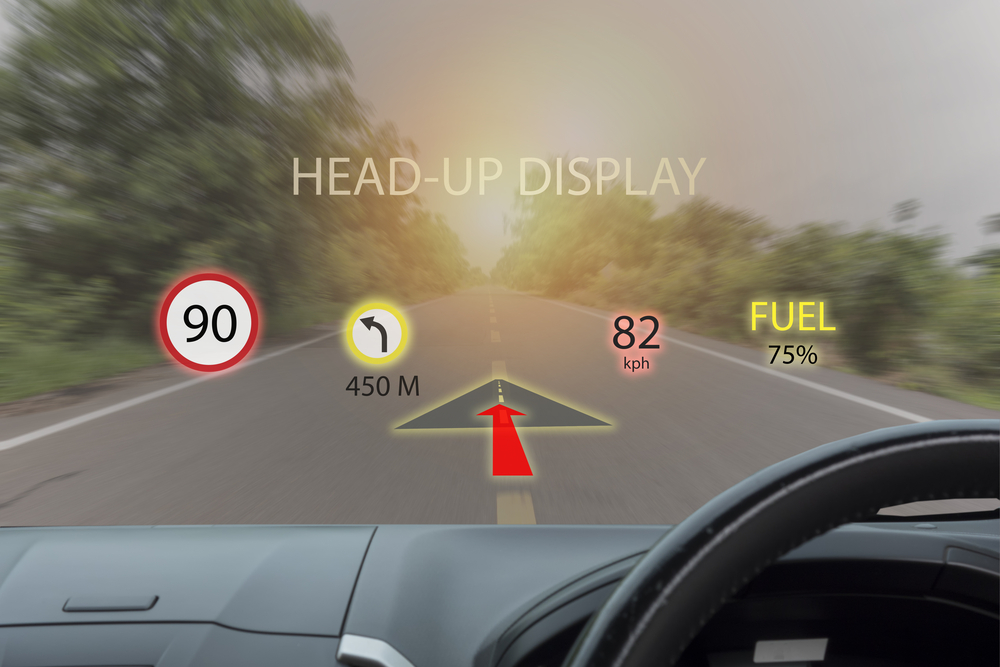What if you could interact with your CAD model? Immersive Gaze – a brand of diacriTech Technologies is innovating new solutions for the educational segment. Our 18 + rich experience in digital media publishing is taking us to the next level of content development using Augmented/Virtual and Mixed Reality.
Interactive Technologies – for engineering students
HTC Vive headset can help students design virtual objects and test it in real. Physical counterpart fitments and installation can be achieved through VR even before they are presented or shipped. There are two types of computer-generated simulation. The first is virtual reality services (VR), where a person is completely immersed in a simulated world. Via the headset, their vision is completely replaced by the computer simulation that sometimes also affects their hearing or touch. Products like the Oculus Rift, the Samsung VR, and the PlayStation VR, along with the HTC Vive, are starting to be used by the gamer community, which feels like a natural fit.
Using VR will completely immerse players in the gaming world. The headset is a bit jarring at first. You completely lose sight and perspective of your outside real surroundings (which is the point). Once the program is turned on, we are literally and virtually placed inside an apartment. With the two hand controllers, there are a variety of commands at your disposable. I could change the material of objects like the floor from wood to tile. I would also point at objects and move them around.
VR simulations let us examine automobile in a totally different perspective. We can virtually test drive the car, change the body, the color, and take a cross-section of the vehicle. While using the cross-section feature, wherever you place the control will be sectioned and you can move the control through the body of the car. This progressively reveals more of the internals of the car such as the engine and driving controls.
How can Engineers be utilized Augmented Reality?
Augmented reality (AR) is an enhanced reality where the user can see and experience the world around them with the addition of computer simulation. Current AR uses a device like a smartphone or a tablet to capture the surrounding environment via camera and place a digital effect. This effect is only viewable on the device being used to capture the surrounding area. AR has recently seen success with the Pokémon Go phenomenon. People around the world are using their smartphones to interact with the outside world.
Educational institutions and companies have been trying to implement VR and AR to understand their benefits. Both are being used in the classroom to help introduce students to complex parts and structures they would not see unless they were out in the field. Watch Here.
Purdue University is currently working on VR research, specifically hand-feedback technology. This would allow the computer imaging software to capture actual hand movements that can interact with the CAD model. The potential of the device could result in an interface of tactile sensation between the engineer and the CAD model. AR technology is used to display CAD models in real-world settings. This helps designers get a feel of their models in the actual environment.
If we would like our CAD model to interact with the outside world, let us say you design a hydraulic pump that will be installed in a factory setting. The immediate concerns are, will this pump fit my layout (i.e., space restrictions, hydraulic hoses and lines matching up correctly, etc.) and secure mounting of installation hardware? To do this all virtually you would need to scan your current plant layout and then compare the CAD model to the virtual scan. This way you could view everything in a VR headset: your CAD model and your virtual factory scan.
Using a tablet with an AR setting could also provide the same information. By overlaying the model into the install environment by using the tablet camera can provide measurements and fit checks.
Immersive Gaze has successfully tested and implemented AR/VR technology and support Universities to set-up VR labs that can be a dynamic study lad for students.




Recent Comments